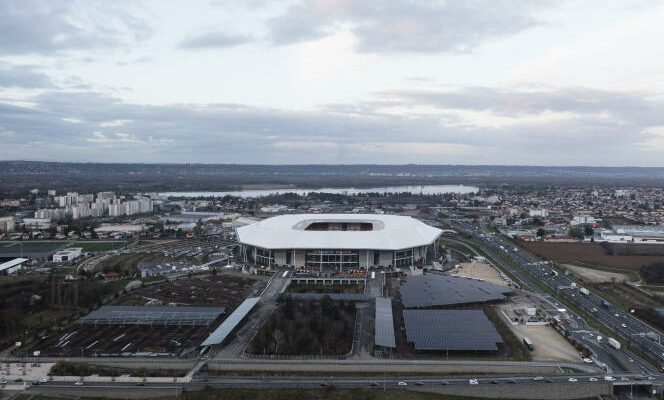In the region, no one really pays attention to these big ears anymore. There are still some fantasies about the presence of a secret base buried under these huge white parabolic antennas facing the sky. But, since its installation in 1978 in the basin of Bercenay-en-Othe (Aube), the satellite station has blended into the landscape.
The mayor, Jean-Pierre Gitzhoffen, is also not unhappy with the presence in his town of this teleport created by the National Center for Telecommunications Studies to ensure, in the 1980s, transcontinental telephone links. Owned by Orange, the station is still in service.
When it started, more than a hundred people worked there. Protected by forests along the crest of the hills, the site looked like a small village with its counter in the common room and its tennis court, recently dismantled. Since then, the workforce has shrunk to around thirty employees, but “the teleport helps to balance the budget”smiles Mr. Gitzhoffen.
So when the mayor learned of the construction of a photovoltaic solar power plant on the 5 hectares of unused meadows of the teleport, he saw a “proof of long-term commitment” for the benefit of his village. The telecom operator is also counting on the profits of its future power station, which is scheduled to come into service in 2025. With a total power of 5 megawatts (MW), it will provide 20% of the electricity needs of the Bercenay-en-Othe site.
On roof, land or parking lot
The 4 MW not consumed on site will be reinjected into the electricity network according to a purchase contract concluded within the framework of a call for tenders from the Energy Regulation Commission. The electricity produced by these 25,000 panels will cost just under 5 euro cents per kilowatt hour (kWh), ie half the price currently paid by Orange.
Taking into account the share of turnover achieved by the resale of electricity on the network, the cost will even fall to 3.6 euro cents per kilowatt hour. In total, Orange estimates the energy savings generated by the plant at 2 million euros over twenty years. The operator is all the more seduced since the investment, estimated at 5 million euros, is fully supported by Reservoir Sun, a subsidiary of Engie and the investment fund Ardian.
The constructor of the power plant will be remunerated on the resale of electricity to Orange and on the network, according to a so-called third-party investor model. “We have other sites capable of hosting this type of plant”, announces Michaël Trabbia, director of technology and innovation at Orange. A second should be installed on the former teleport of Pleumeur-Bodou (Côtes-d’Armor), converted since 2006 into a city of telecoms.
You have 70.6% of this article left to read. The following is for subscribers only.
